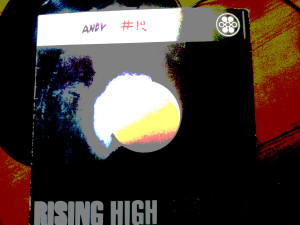On losing my primary HDD
Well, it just happened – i was aware of the ‘clicking’ sounds for the last few days but i didn’t bother to check what it was… it was the hard drive, stupid!
But why? And why now? Well, it turns out the power supply fan was not functioning and I guess the high temperature made matters deteriorate fast! BIOS isn’t recognizing the drive and there’s nothing i can do through software means – the HDD containing my home folder was history…
But anyway, my first thoughts were to quickly send the disk for recovery and here are some service i’ve found out (through web search) that can handle such a task here in Athens / Greece:
I didn’t contact any of them but it looks like the price for the recovery can start from 300€ but will most likely end up to 1000-1500€. So, why didn’t i contact any of those? Well, after the first few hours had passed, i had calmed down and had booted to the second HDD’s – that one’s still alive – Windows Server 2003 for the first time in the last 2 years. Then, and while installing those 2 years’ worth of updates, I tried hard to think what i had lost.
So, i’m happy to say that i haven’t lost much! Passwords are recoverable + in laptop’s browser as well. Bookmarks in delicious and in laptop. Important documents & emails in gmail (and laptop). Pictures & videos in laptop & wife’s laptop & windows HDD (hmmm… perhaps that still says something about linux device support : P). Private keys were once copied to windows for use with putty. In fact, i’m currently aware of only the following loses: some uncommitted changes to a few projects and loss of a git repo for a week old project (
chesstu.be) for which i at least got the latest code from the deployment server! And that’s all for now… perhaps i’ve lost more and perhaps i’ll find that out soon but still i think i was just lucky, esp. considering i had no “formal” backups
Update: Forgot to mention I’ve definitely lost thousands of 1 0 bullet chess games played on
FICS … but those are either reproducible, or just crappy!











